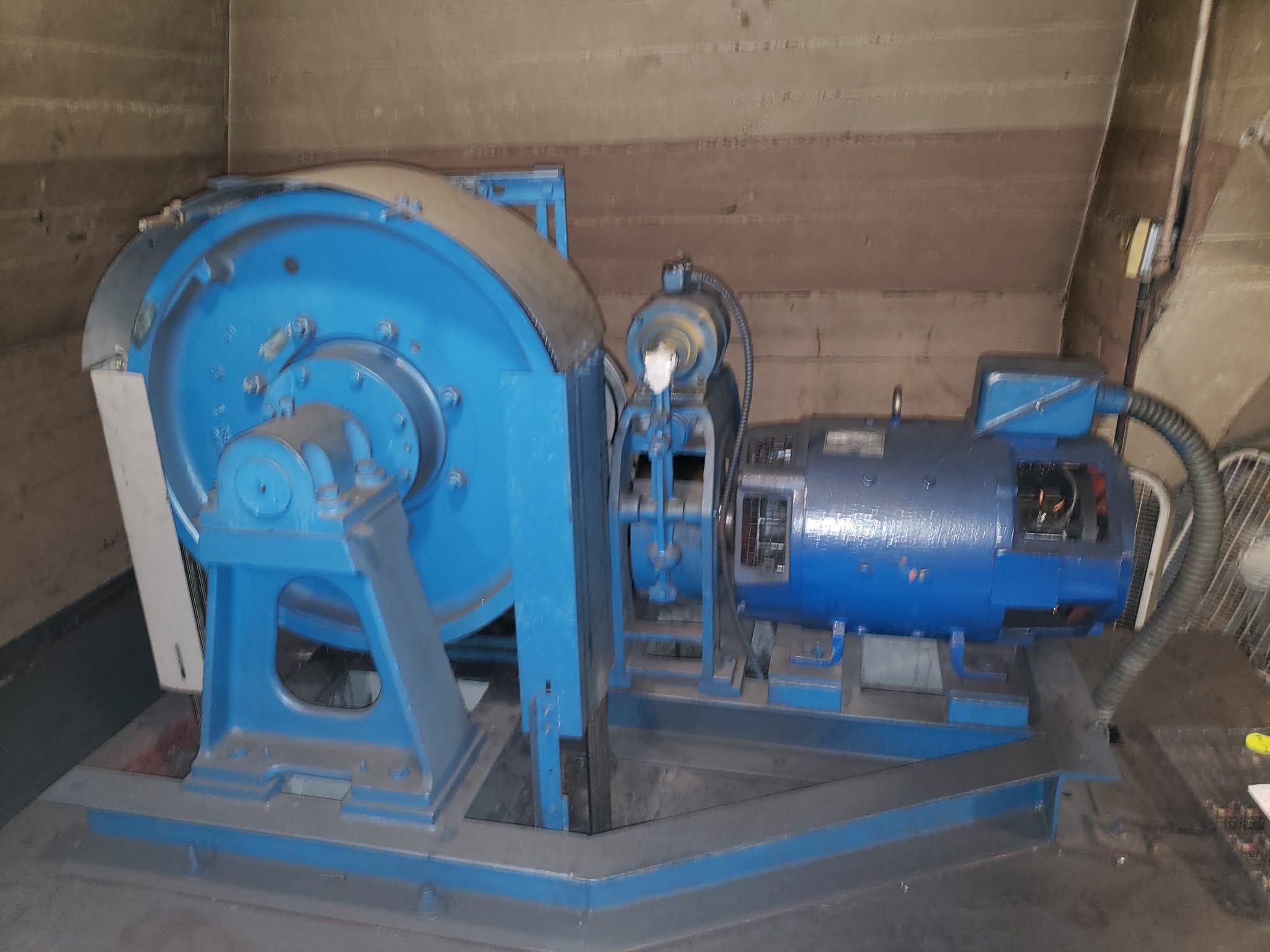Elevators have become one of the most essential parts of modern-day buildings. With the increase of high-rise buildings, the need for efficient and safe elevators has become paramount. Motion control engineering elevator is a mechanism that has been developed to ensure the smooth and reliable movement of the elevator.
Pain Points
Motion control engineering elevators provide solutions to various issues that were encountered in the earlier version of elevators. These issues include slow operation, jerky movement, frequent breakdowns, and excessive noise, which caused discomfort to the passengers. Such problems were not only inconvenient but also led to safety concerns.
Target of Motion Control Engineering Elevator
The aim of motion control engineering elevator is to provide secure and swift transportation of people in buildings. Motion control engineering elevators come equipped with advanced control systems, which enables them to run smoothly and efficiently, regardless of the traffic flow within the building. The systems used in motion control engineering elevator are designed to ensure that the ride is comfortable, fast, and most importantly, safe.
Main Points
Motion control engineering elevator is a technology that has revolutionized the elevator industry. By implementing advanced technologies, such as motion control, high-speed motors, variable frequency drives (VFD), regenerative braking, and others, motion control engineering elevators have ensured not only smooth and comfortable rides but also have saved energy and lowered the impact on the environment. Motion control engineering elevators have also significantly reduced waiting times, leading to increased efficiency.
Motion Control Engineering Elevator Target
Motion control engineering elevators have been designed to cater to the specific needs of the buildings, taking into consideration factors such as traffic patterns, building height, and architectural design. The control systems in the motion control engineering elevator ensure that it starts and stops smoothly, which also reduces the wear and tear of the system, leading to a longer lifespan.
Having worked in the elevator industry for the past decade, I have seen how motion control engineering elevators have transformed the industry. Not only have they improved the experience of the passengers, but they have also made the maintenance of these systems simpler and more efficient.
The Future of Motion Control Engineering Elevator
The technology used in motion control engineering elevators is continuously evolving, and we can expect to see many more improvements. Future advancements include the implementation of artificial intelligence and machine learning algorithms to optimize elevator movement and improve safety.
Efficiency in Motion Control Engineering Elevator
The efficiency of motion control engineering elevators is also being improved. Advancements in regenerative braking technology will result in not only the reduction of energy consumption but may even allow the elevator to generate electricity. The adoption of advanced materials, such as carbon fiber- reinforced polymer (CFRP) and aluminum foam materials, will lead to an overall reduction in the weight of the elevator system, reducing the energy required for the motor to lift it.
Motion Control Engineering Elevator and Safety
Motion control engineering elevator is a system that has been designed with safety as a priority. Its control systems are equipped with backup plans, ensuring that in the event of power failures or other issues, the elevator will stop at the nearest possible floor, and the doors will open automatically. The safety of the passengers is paramount.
Question and Answer
Q. What are the benefits of motion control engineering elevator?
A. Motion control engineering elevators provide smoother rides, reduced energy consumption, and lower maintenance costs.
Q. How much energy can motion control engineering elevator save?
A. Motion control engineering elevators can save up to 70% of energy compared to traditional elevator systems.
Q. What types of buildings can use motion control engineering elevator?
A. All types of buildings, from low-rise to high-rise, can use motion control engineering elevator.
Q. How does motion control engineering elevator improve safety?
A. Motion control engineering elevator is designed with advanced control systems and backup plans, ensuring that in the event of power failures or other issues, the elevator will stop at the nearest possible floor, and the doors will open automatically, ensuring the safety of the passengers.
Conclusion
Motion control engineering elevator is undoubtedly a game-changer in the elevator industry. Its implementation has reduced waiting times, increased efficiency, improved the experience of the passengers, saved energy, and most importantly, has made elevators safer. There is no doubt that the future of motion control engineering elevator is bright and will continue to revolutionize the industry for years to come.
Gallery
Chicago Elevator Maintenance - Colley Elevator: Traction Elevator

Photo Credit by: bing.com / traction modernization mce
Chicago Elevator Maintenance - Colley Elevator: Traction Elevator

Photo Credit by: bing.com / elevator chicago traction modernization maintenance motion engineering control il opportunity gave bid ours customer building project long great who time
Chicago Elevator Maintenance - Colley Elevator: Traction Elevator

Photo Credit by: bing.com / elevator machine whitney hollister motion chicago modernization traction maintenance engineering control il existing
Chicago Elevator Maintenance - Colley Elevator: Traction Elevator

Photo Credit by: bing.com / elevator controller traction chicago modernization controls existing
Chicago Elevator Maintenance - Colley Elevator: Motion Control

Photo Credit by: bing.com / elevator control controller motion engineering systems colley proprietary non series installed mce recently